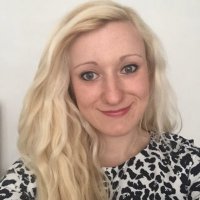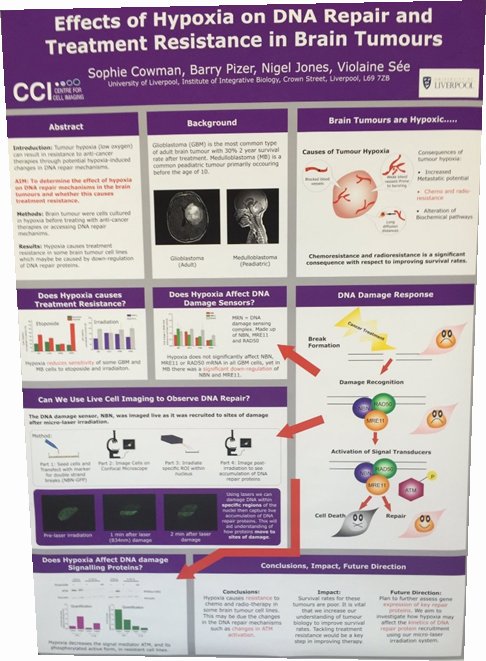 Guest post by Sophie Cowman (@SophieCowman)
Guest post by Sophie Cowman (@SophieCowman)
On 12th September 2016 I was fortunate enough to attend The Frontiers in DNA repair conference (@DNArepairBerlin) held in Berlin, Germany. The aim of the conference was to bring together scientists working on DNA repair, and highlight recent advances within the field. Initial talks focused on the mechanistic side of DNA repair such as lesion removal, telomere protection and events surrounding replication stress. Later talks highlighted how we can translate these findings into a clinical setting to treat inherited genetic disorders and cancer. All the talks were very interesting and inspiring, enabling me to gain further insight into the different mechanisms employed by cells to maintain genome integrity. It was fascinating to observe the different types of assays and experiments used by other groups to answer their specific research questions. I hope to apply some of these valuable and creative techniques in my own PhD. One particular highlight of the conference was the opportunity to present a poster of my PhD work so far. There was much interest in my poster, particularly with regards to the clinical impact. During the poster session I had the opportunity to talk to the leading researchers in the field and was able to gain valuable feedback and suggestions for my future work.
Overall, the conference was a thoroughly enjoyable and valuable experience which has enabled me to expand my DNA repair knowledge as well as pick up useful experimental tips and tricks. I would like to show my gratitude to the Herbert and Dorothy Catlow Postgraduate endowment fund which made this trip possible through their generous travel grant.


 Guest post by Sophie Cowman (
Guest post by Sophie Cowman (